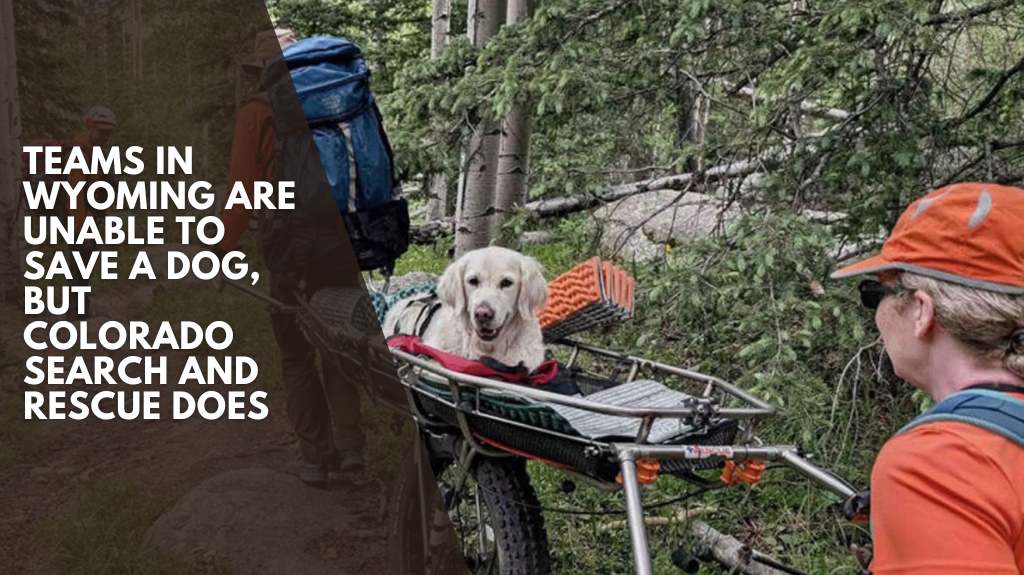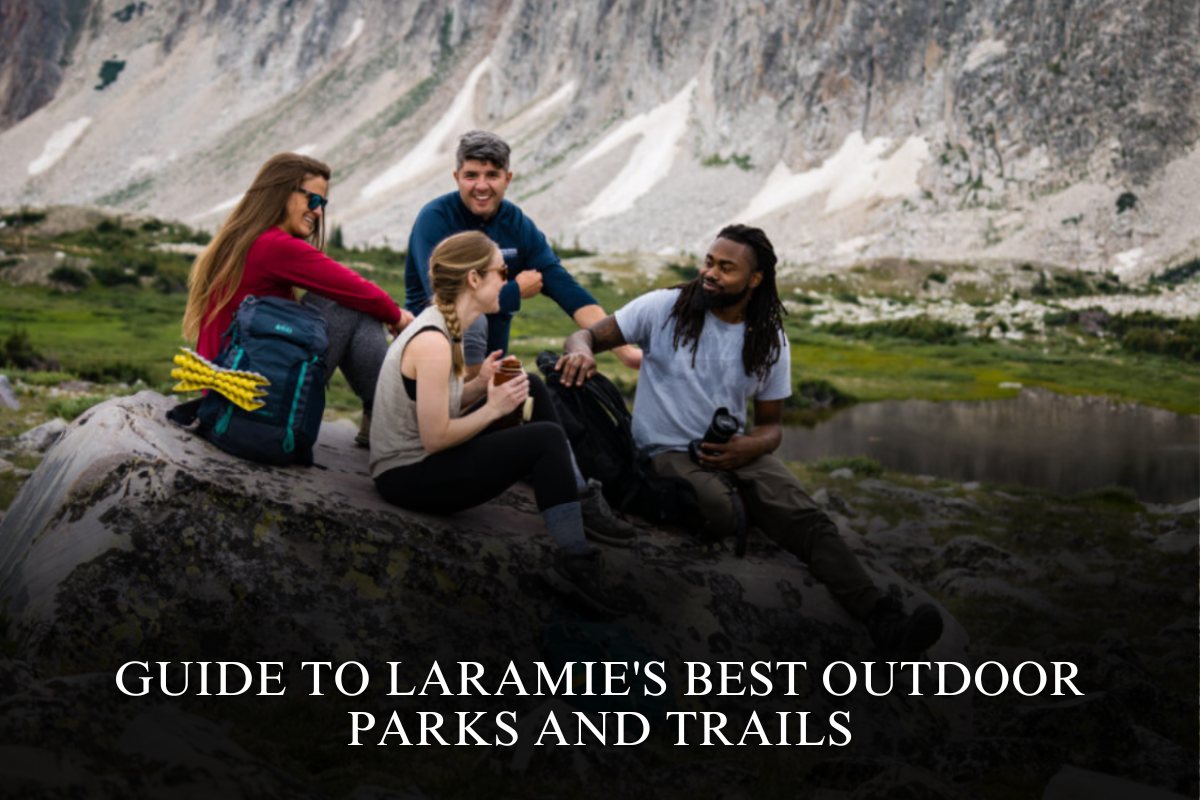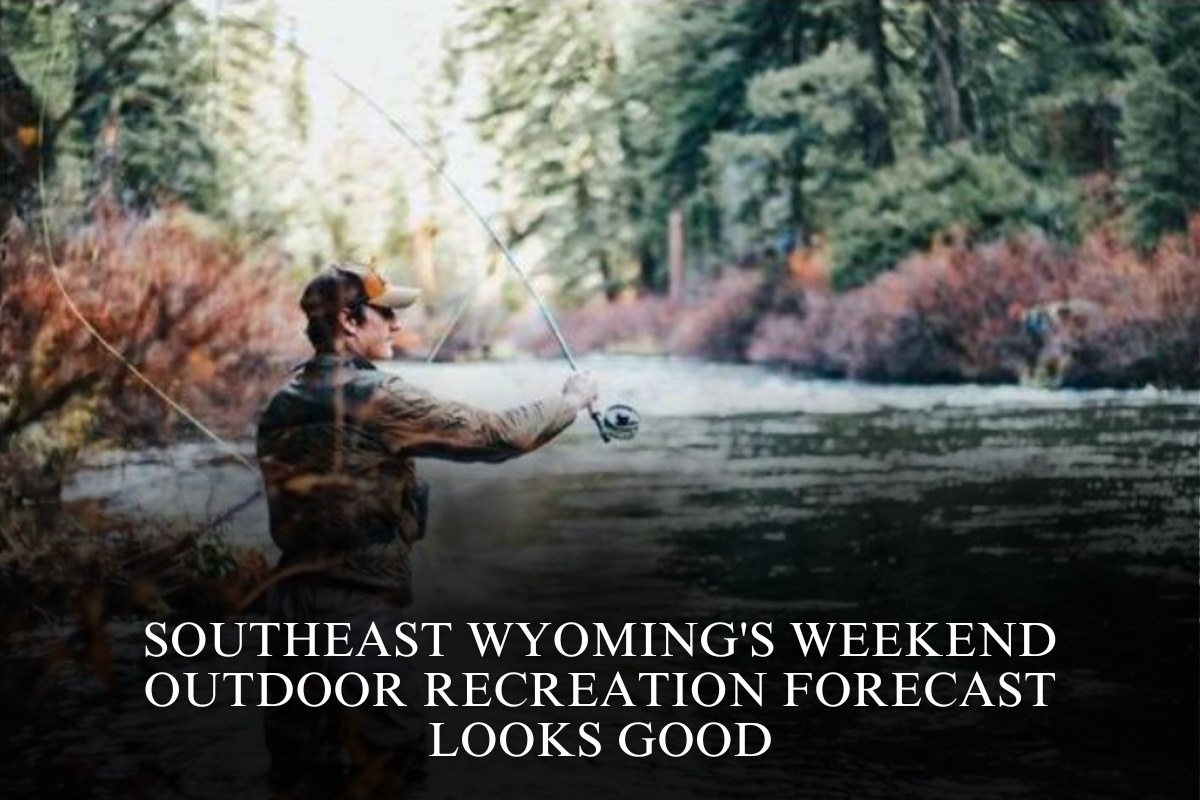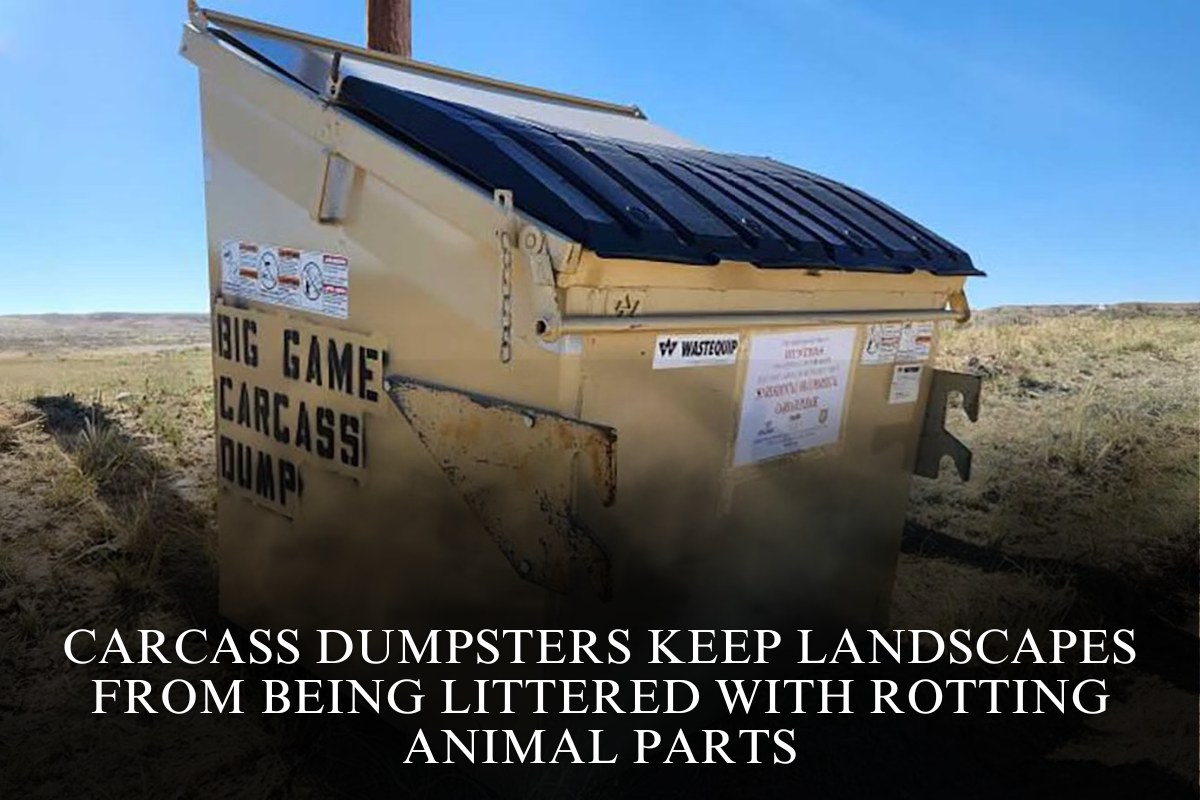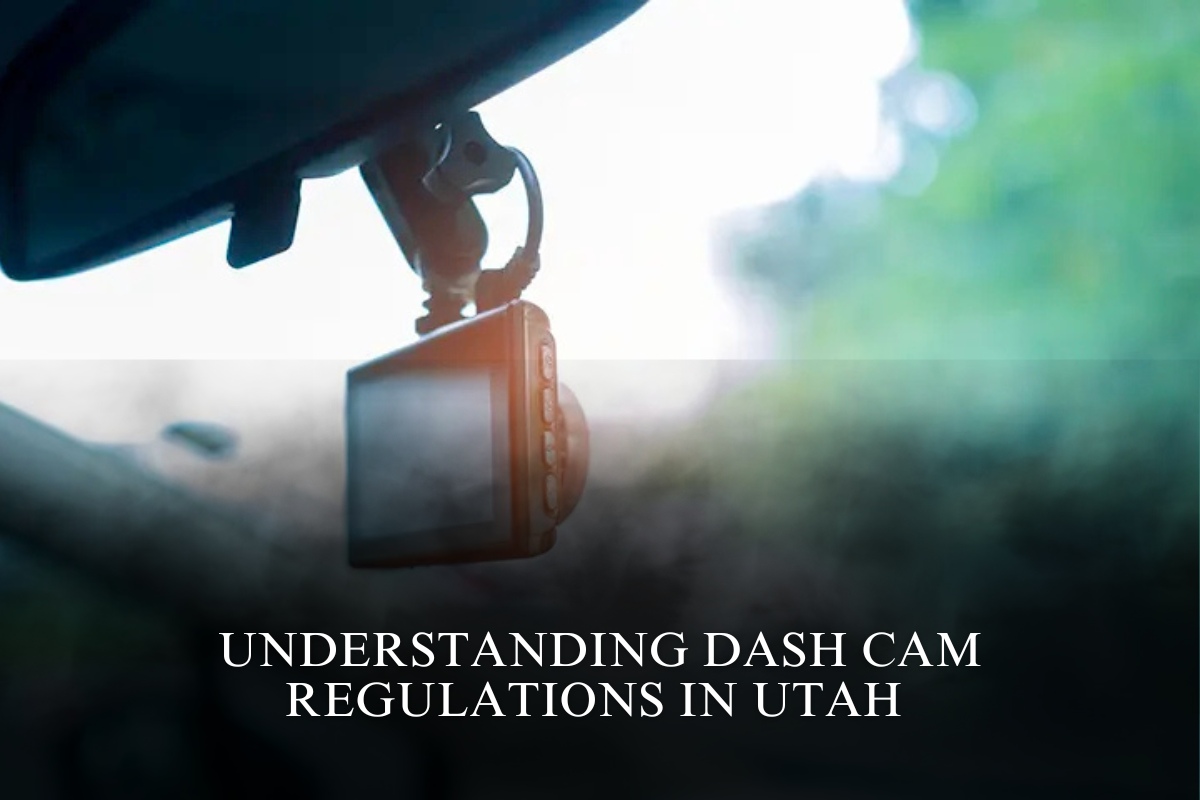An exhausted dog was rescued from the backcountry last week by a search and rescue team in Park County, Colorado, who trudged 11 miles and spent 10 hours there.
The dog’s owners would have had to carry the dog out on their own if they had been hiking in Wyoming. Pets are not the target of Wyoming search and rescue (SAR) teams.
SAR would only assist an animal if it was a secondary rescue for a human. For instance, what if a hiker and his dog ended up getting injured and stranded simultaneously?
Colorado Pooch Gets A Ride Out
According to an agency report, a Park County Search and Rescue team was called early on June 24 regarding a tired dog that was unable to continue on a hiking trail.
They were called out to save a dog for the second time that week.
“To reach and safely extract our floppy eared floofy patient, our team braved more than 11 miles of varied terrain and significant elevation gain,” according to Park County SAR. “Our team of volunteer rescuers spent ten hours in the field overall during the operation.”
On a wheeled stretcher, the dog was removed.
Pet owners were reminded by the organisation to be aware of their dogs’ boundaries, especially during hot weather.
The report goes on to say, “Search and rescue teams are there to help people in emergencies, not to carry out tired, dehydrated, or injured dogs.” “Especially when it is possible to prevent these kinds of pup emergencies.”
Here To Help Humans
Experts in SAR in Wyoming agreed with the last statement, stating that their teams would probably never be dispatched after a tired dog in the first place.
They stated that saving human life and limb is the only priority.
Monte McClain, a spokesman for the Park County, Wyoming, Sheriff’s Office, told Cowboy State Daily, “I don’t see any reason why we would dispatch for an animal.”
“We don’t have the resources for that; we’re an all-volunteer organisation,” he stated.
In addition to the time and cost involved in each rescue operation, McClain noted that SAR personnel must take into account the inherent risk. That level of urgency wouldn’t be appropriate for rescuing an overheated dog from a mountain.
Pinedale-based Tip Top SAR coordinator Kenna Tanner concurs.
According to her, the team’s “go, no-go” policy would not apply to a dog in danger due to the cost and danger to staff.
According to her, team members would be more than happy to assist a stranded dog in addition to a person for whom a call was placed.
Additionally, McClain stated that SAR personnel are prepared to at least attempt assisting animals that become entangled in human emergency situations.
For instance, Park County SAR responded to a person who was willing to try to help a horse that had become stranded in a mudhole approximately a year ago.
He claimed that although the team managed to save the rider, the horse passed away due to stress and fatigue.
Don’t Worry About Getting A Bill
Some states have considered charging individuals who need to be rescued as a result of the increase in SAR operations nationwide. That might also apply to pet rescues in some states.
SAR operations in Wyoming oppose fee charging.
That’s because Tanner was worried that charging for rescues would deter people from requesting assistance.
“We don’t want people to avoid calling because they’re worried about getting charged,” she stated.
According to her, SAR depends on donations, which individuals can agree to include in the cost of their off-road vehicle permit stickers or hunting and fishing licenses.
Assuming The Risk
John Eckman, an outdoorsman with a greybull, told Cowboy State Daily that he often takes his 45-pound dog into the wilderness.
He stated that he would not expect SAR to come save his dog and that he accepts the inherent risk of doing so.
According to Eckman, the purpose of SAR teams is to protect human life, and their gear and training “is geared towards rescuing humans.”
“Nothing that happens in Colorado would surprise me,” he said, adding that it seems extreme to call in a whole SAR team to save a dog in Colorado.
Dog owners should be aware of their pets’ capabilities and limitations before going out, he said. Additionally, backcountry dogs need to be properly trained.
He claimed that at six years old, “my dog is athletic” and capable of going on lengthy mountain hikes.
He continued, “And my dog has been trained to listen to what I tell him to do since he was a pup.”
According to Eckman, in order to always know where his dog is, he also equips him with a tracking collar.
Eckman attempts to reduce the risks in the hopes that his dog will join him on many more adventures.
According to Eckman, however, there is no such thing as zero danger in the backcountry of Wyoming.
He said, “I don’t want that to happen, I love my dog, but that’s a risk I take if he gets his head swatted off by a grizzly bear.”
